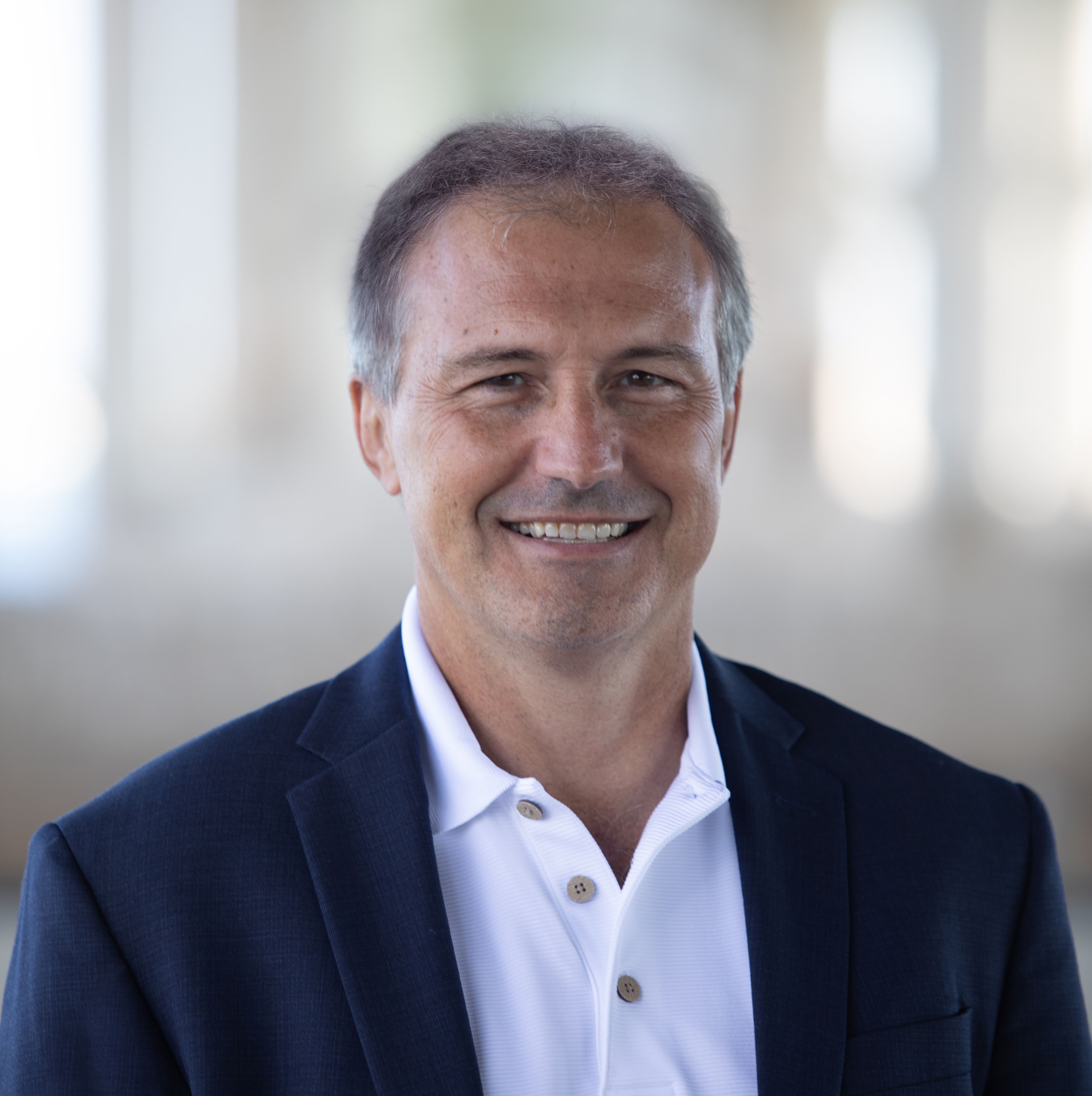The Business of People
- Patrick Russell

- Oct 26, 2022
- 3 min read
Updated: Jun 6
A Unique Event
I am looking forward to having a great conversation on November 2, 2022, with two mindfulness experts on how mindfulness can help resolve conflict. This unique CLE webinar by the ADR Section of The Florida Bar will be a panel discussion between a lawyer/mediator, a neurologist, and a Buddhist monk.
I suspect this may be the very first time such a discussion has been presented as a continuing legal education program. By tuning in, you will have the opportunity to see what we all have in common and gain some additional tools that can help you resolve disputes.
You will receive 1.0 hour of CLE credit as well as 1.0 hour that counts towards the requirements for mental health. The great news is that if you register now, you will have access to the recording of the program in case you have a schedule conflict that day.
Solve the People and Solve the Problem
This program follows my dispute resolution mantra that if you solve the people first, you will have a better chance at solving the problem. As lawyers, we are in the people business. That simply means our business is all about people and their interactions. Applying the law to people and their interactions can actually be the easy part. The harder task is dealing with the puzzle of people, their beliefs, biases, motivations, and reactions.
The skills and tools that a lawyer uses for litigation are very different than those that should be used for dispute resolution and mediation. I think we can agree that bringing a hammer to fix a computer is not the right choice. Just the same, bringing a hammer to mediation can also be counter-productive. Perhaps it is time to choose another tool.
Internal and External Conflict
Conflict has both internal and external components. Your internal conflict, anxiety, stress, and day-to-day feelings can have an impact on how you approach external conflict. Likewise, external conflict, dealing with others and problems, can cause or impact your internal conflict.
Most of the time we ignore the connection between internal conflict and external conflict. The traditional focus is only on external conflict. However, if we appreciate this connection and work on both the internal and external, we can have a better approach to solving both. This is where mindfulness comes in as a meditation tool.
Mindfulness as a Mediation Tool
Mindfulness as a mediation tool is really all about expanding your perspective. This is not about meditation during mediation, candles, or incense. Rather this is about how to mindfully observe yourself and others in a curious and non-judgmental way. Mindfulness reduces our internal and external critic so we can make better choices without emotions getting in the way.
With mindfulness, we can see the bigger picture and more options, all valuable when trying to find creative solutions to problems. Likewise, with mindfulness, we can build better connections with people that will help build rapport and assist in collaborative problem-solving.
Seeing additional options, using creativity, building rapport, and better collaboration are all invaluable tools for resolving disputes. If you want to learn more, tune in to the upcoming program!
Less conflict, more resolution.

Florida Mediator
Florida mediation and dispute resolution
I write all of my articles. Neither the ideas nor the writing is, has, or will be created by AI, and I am proud of that.
Meaningful Mediation is Ethical, Mindful, and Strategic




Comments